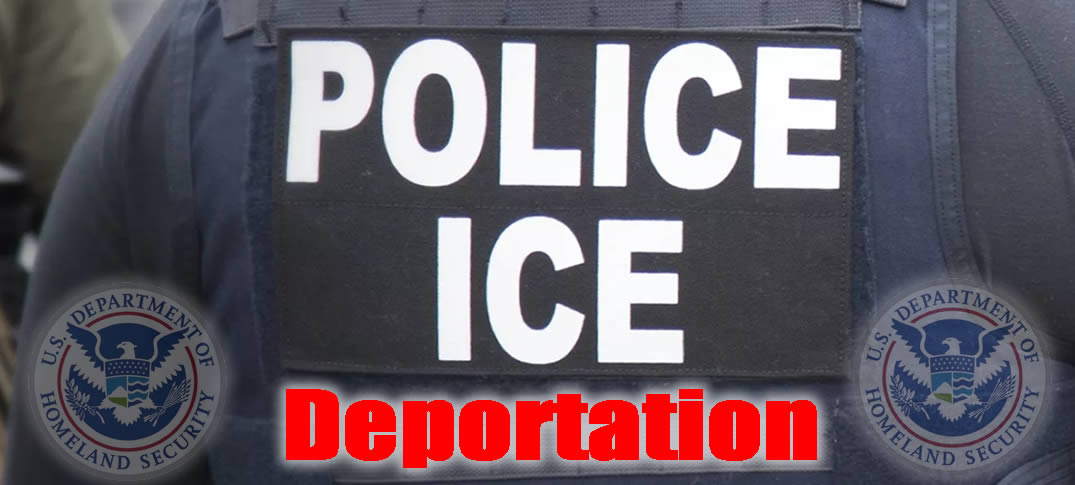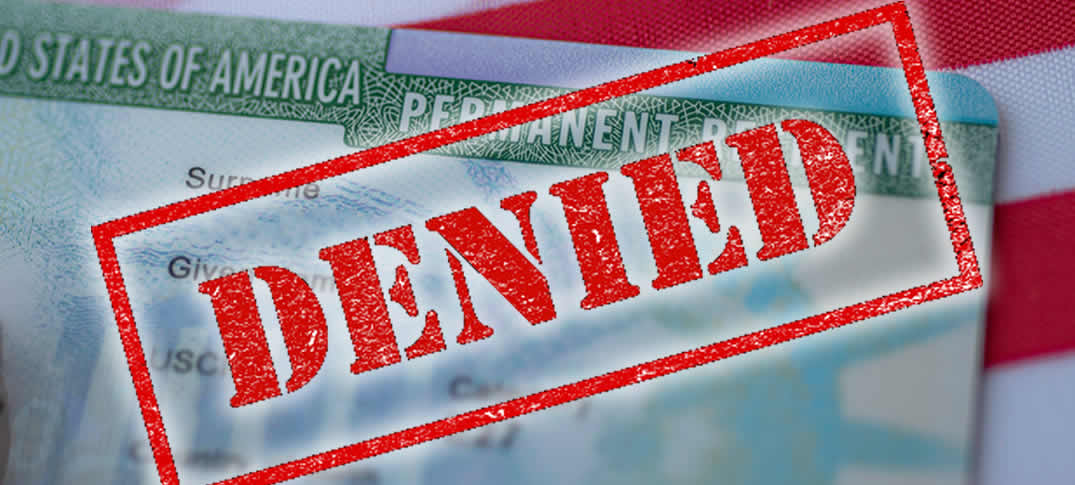The Department of Homeland Security (DHS) and U.S. Immigration and Customs Enforcement (ICE) need to establish clear guidance for when ICE should release someone from detention. So far, the Biden administration, like past administrations, has failed to issue this essential guidance. This inaction has left thousands of people needlessly detained.
On October 5, the American Immigration Council and the American Immigration Lawyers Association (AILA) sent a letter calling on the administration to release such guidance. It is a follow up to an initial letter sent in March.
The number of people trapped in immigration detention has exploded over the past two decades. In 1994, fewer than 7,000 immigrants were detained. In 2019, the population reached a record high of over 50,000 . The population declined significantly in early 2021, due primarily to restrictions at the border and the COVID-19 pandemic, providing the Biden administration an opportunity to permanently downsize ICE detention. Unfortunately, the population has increased by 70% since Biden’s inauguration.
More information https://www.inmigracionyvisas.com/a5269-ICE-needs-a-consistent-system-of-release.html










